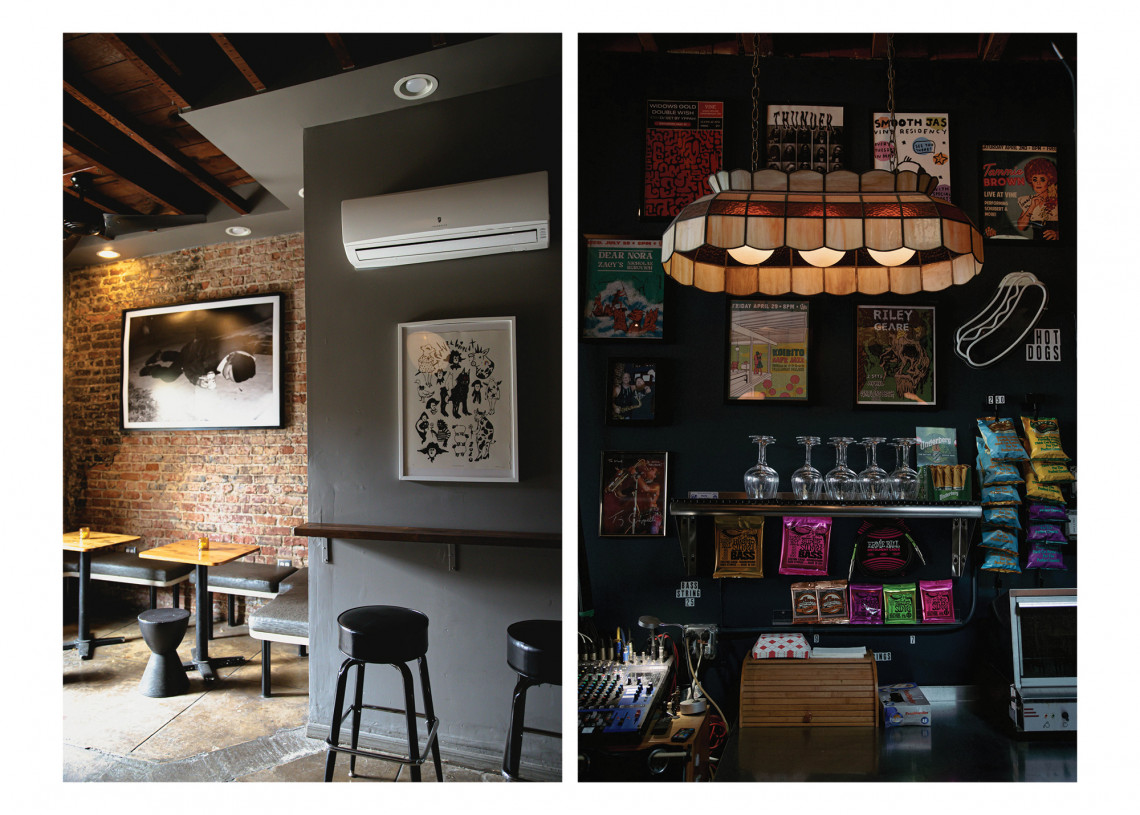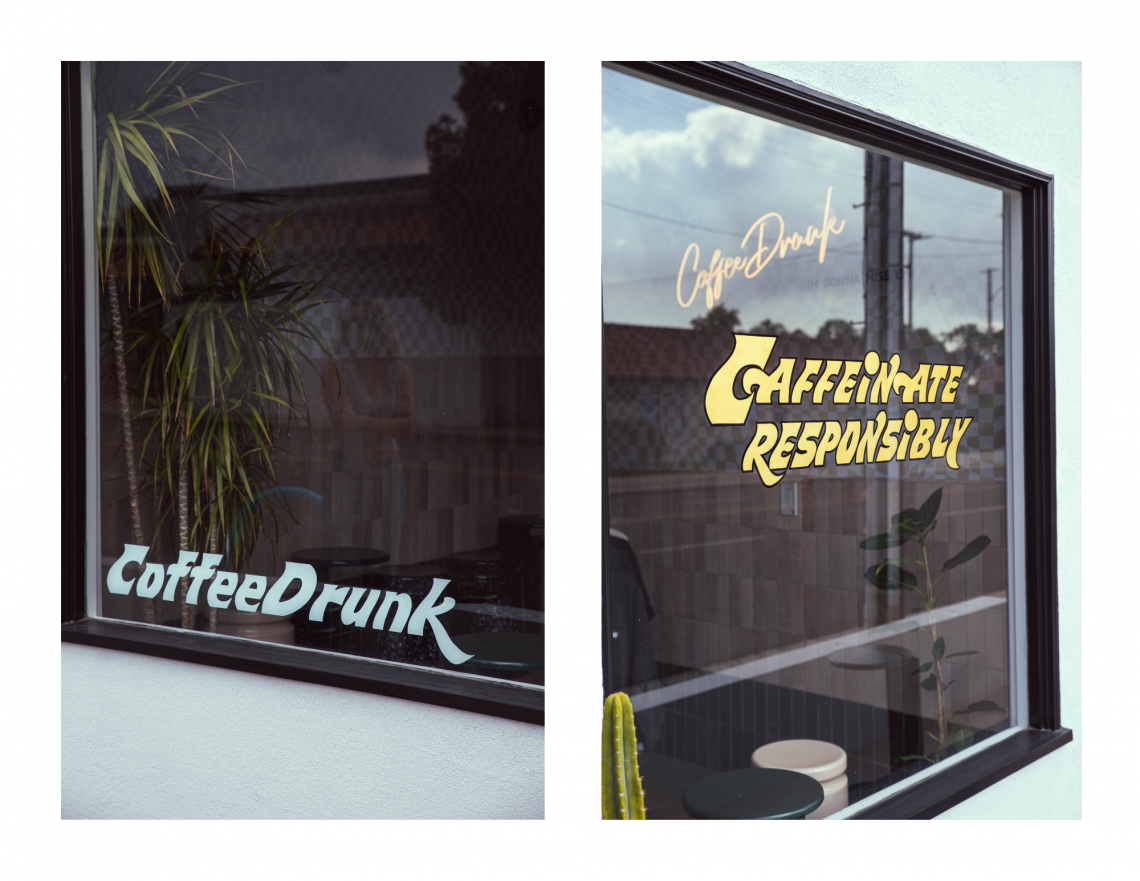
Local Business Highlight: Vine
Vine Interviewed by Lindsey Goodrow In early 2021, after 12 years in operation, Jim Ritson and Sophia Sandoval passed the epic torch of owning 4th Street on Vine over to Dustin Lovelis and Emily Rollins, a couple well-known in the Long Beach music scene. The new owners changed the name ever-
Long Beach Landmark: The Port of Long Beach
The Port of Long Beach More than a century’s worth of rich economic history Written by Lindsey Goodrow Painting by Jamie Tablason The Port of Long Beach, also called the Harbor Department of the City of Long Beach, is an impressive economic gateway that welcomes the world’s largest vessels to it

Local Business Highlight: Shady Grove Foods
WELCOME TO SHADY GROVE FOODS! Serving Gumbo So Good You’ll Want to Roll In It By Lindsey Goodrow When we entered Shady Grove Foods, the Long Beach BBQ joint that opened in August, we immediately spotted David, the patriarch of the family-owned business, sitting at the head of a table inside
Categories
Recent Posts


.png?w=1140)







